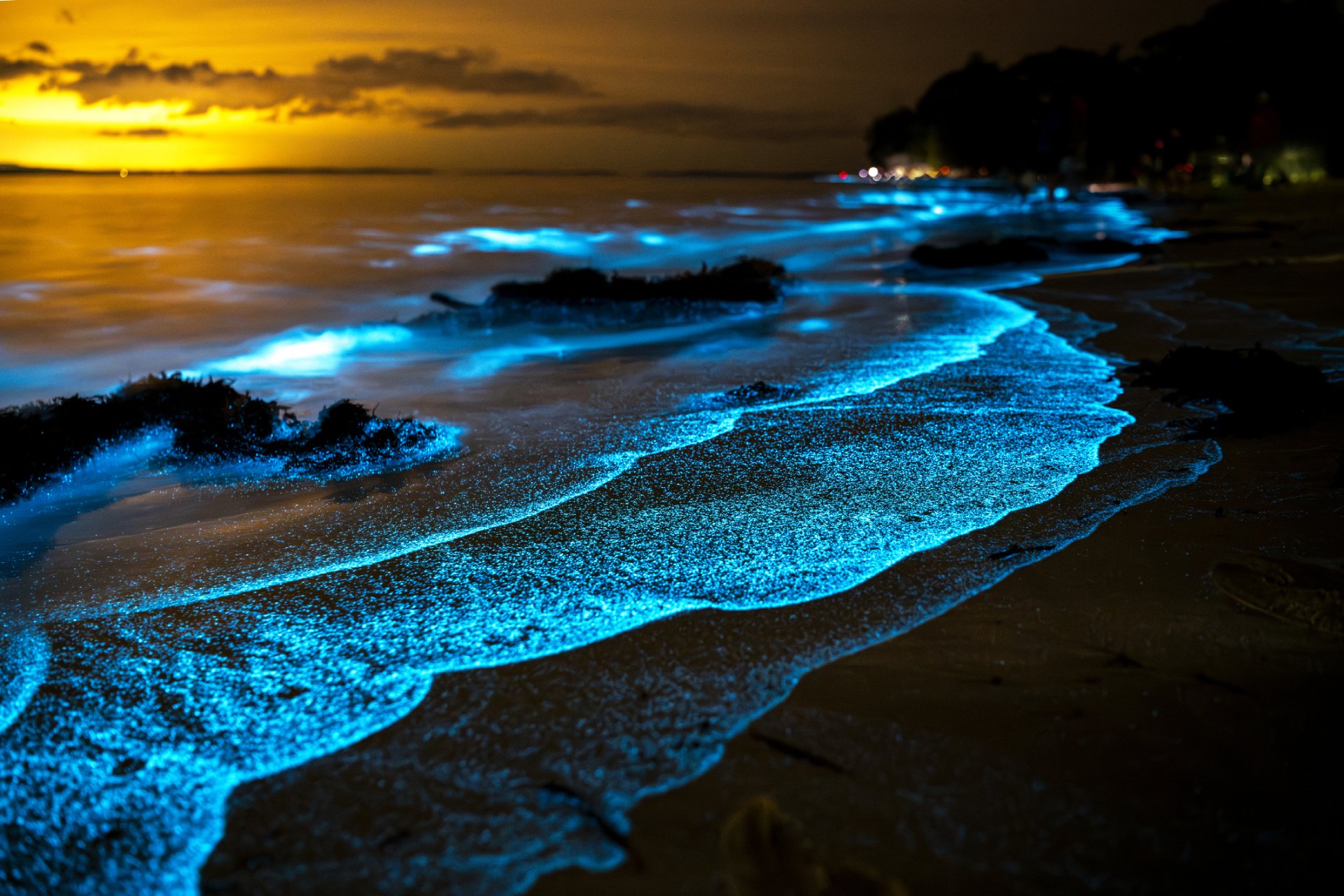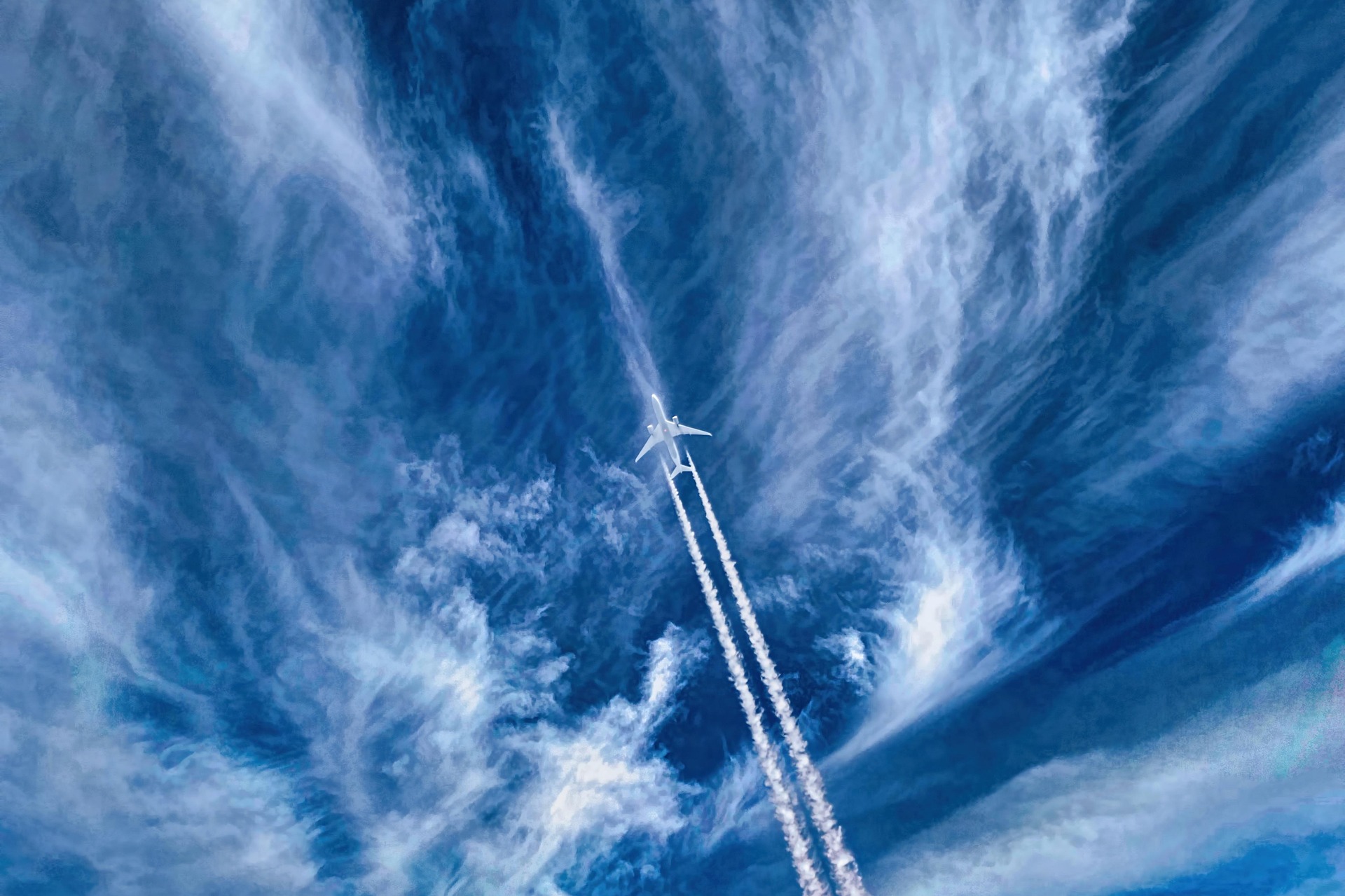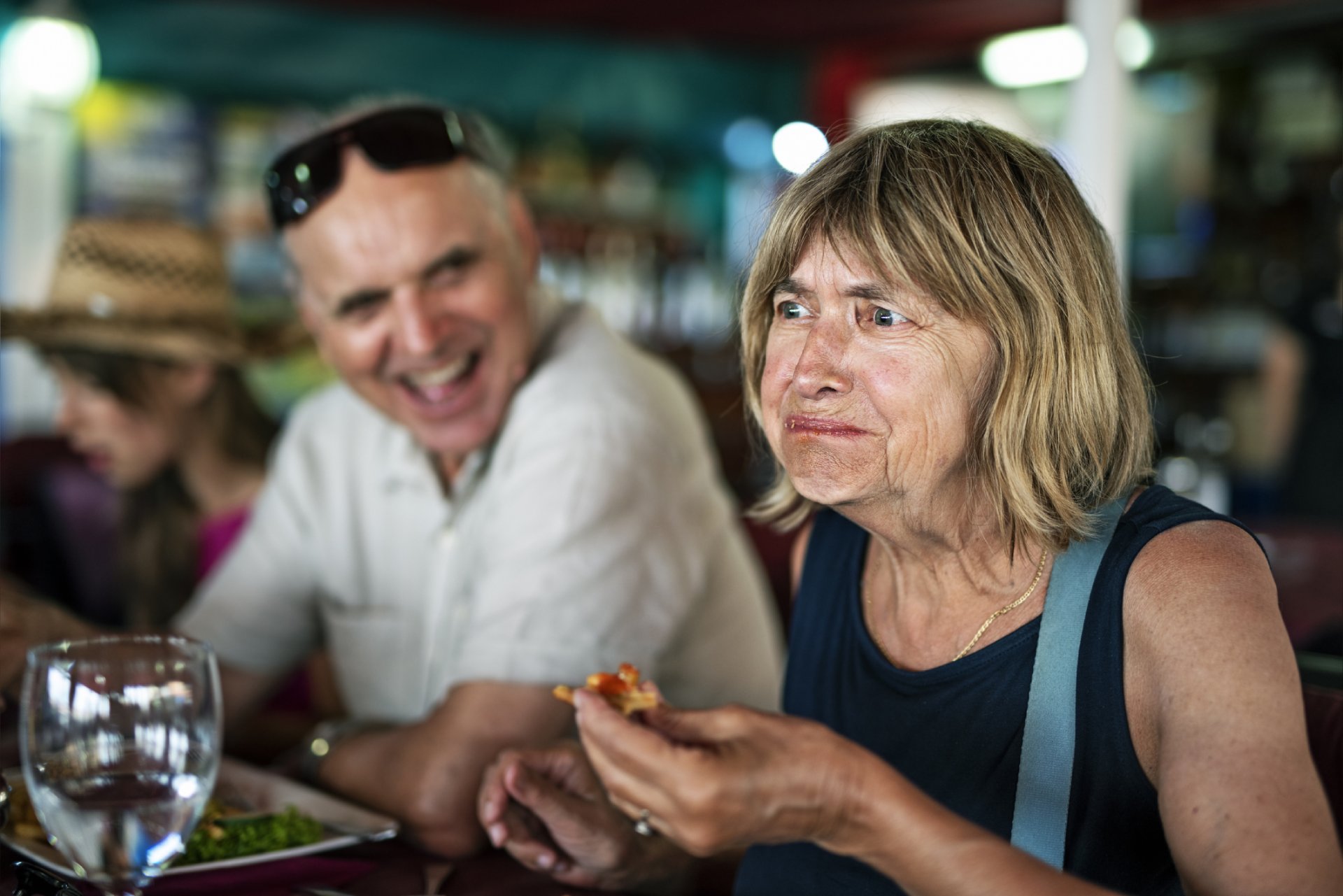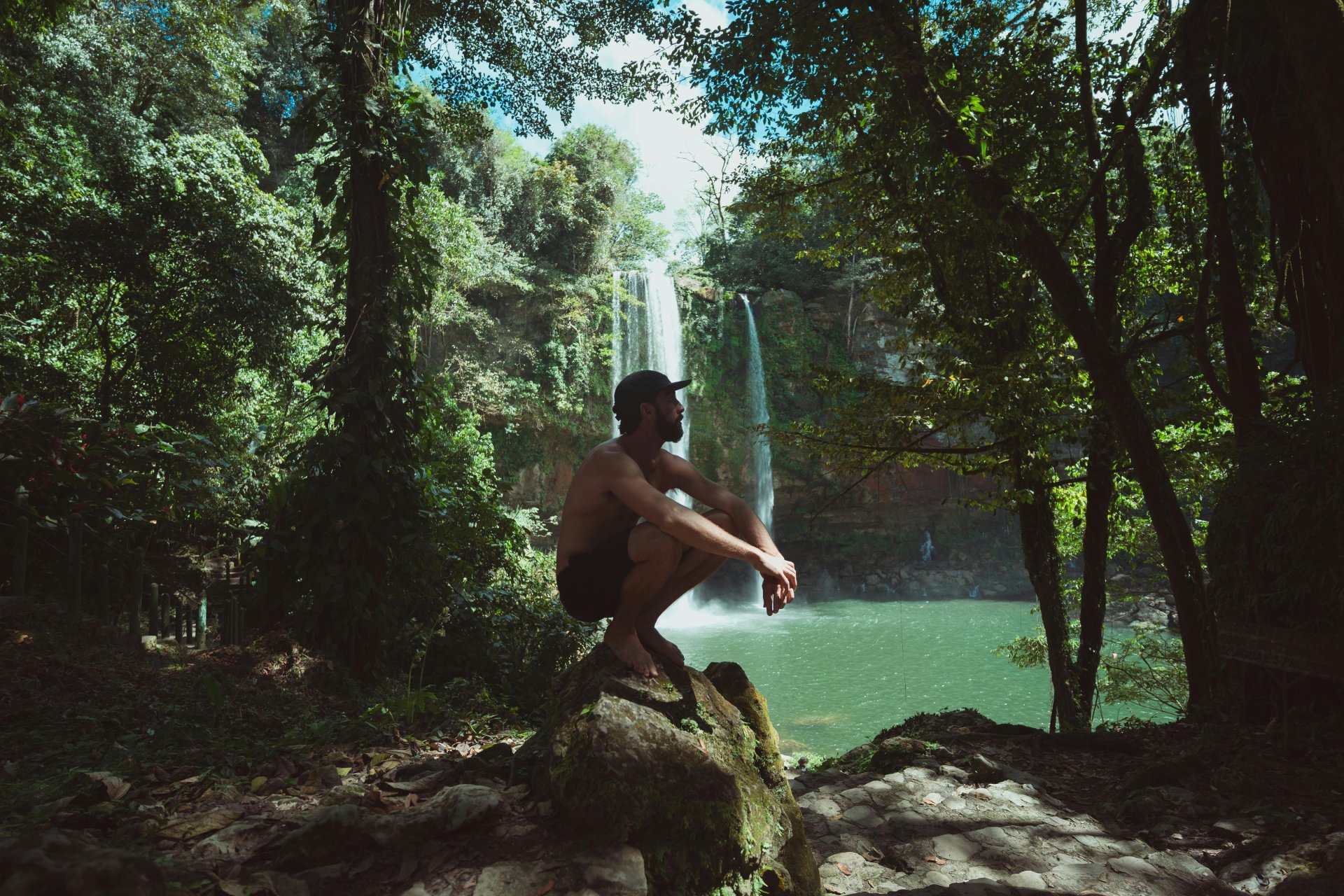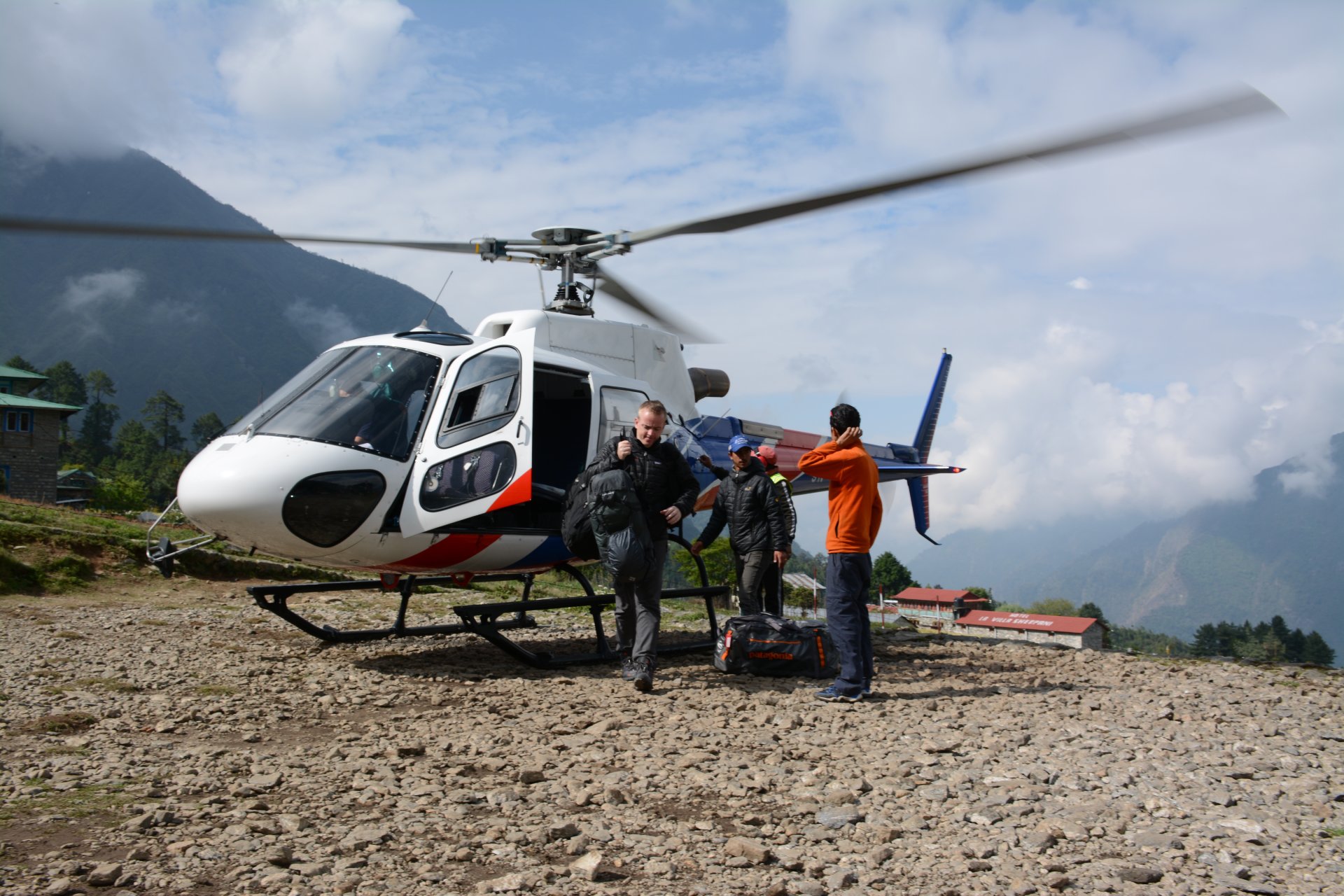Article Highlights:
- Altitude Sickness is common for tourists walking the Inca Trail or climbing Machu Picchu.
- Sprains, fractures and dehydration are common injuries for tourists hiking the Inca Trail.
- Emergency field rescue and medical evacuations from remote areas like Machu Picchu may be necessary.
- Language barriers may hinder a trip making translation apps helpful.
- Low crime and food risks make Machu Picchu generally safe, but tourists should be cautious with food and water to avoid gastrointestinal issues.
Machu Picchu: A High-Altitude Hot Spot
Machu Picchu, the ancient Incan city nestled in the Peruvian Andes, is a must-see for travelers. The best time of year to go to Machu Picchu is April to October, during the dry season. This period is ideal for walking the Inca Trail and exploring the ruins, as the weather is mild and there’s less risk of rain. However, it’s also the busiest time.
Due to its high altitude and rugged terrain, the area presents unique challenges for tourists, particularly if they become sick or injured. If you’re hiking the Inca Trail to Machu Picchu or exploring the ruins, knowing what to do if you need medical assistance is crucial for a safe and enjoyable trip.
Illnesses and Injuries in Machu Picchu
Tourists visiting Machu Picchu or hiking the Inca Trail are susceptible to several common injuries and illnesses, especially altitude sickness. Machu Picchu sits at around 7,970 feet, and many tourists experience altitude sickness, which can cause headaches, nausea and shortness of breath. The symptoms may worsen as you walk the Inca Trail, which reaches heights of over 13,000 feet.
Sprains and fractures are common, too. The uneven and steep terrain of the Inca Trail hike increases the risk of sprains, twisted ankles and even fractures. A simple fall during the hike can lead to serious injuries that require evacuation.
The combination of the high altitude and the physical exertion needed while climbing Machu Picchu or walking the Inca Trail can lead to dehydration. Drinking plenty of water, especially when hiking, is essential. But be cautious when drinking local tap water – or eating improperly prepared food – which can lead to gastrointestinal illnesses (a.k.a. traveler’s diarrhea). While the food in Machu Picchu restaurants is generally safe, it’s wise to avoid street food and always drink bottled or purified water.
What You Need to Know About Peru’s Medical System in Machu Picchu
Peru’s healthcare system, while functional, may not meet the standards of tourists from the U.S., Canada or the U.K., Machu Picchu itself is a remote location, and medical facilities in the area are basic. The closest small clinic is located in the nearby town of Aguas Calientes, but it is not equipped to handle serious injuries or illnesses. If you are seriously injured or sick while hiking the Inca Trail, you will need to be evacuated to a larger hospital in Cusco, a city about four hours away by train or helicopter.
Hospitals in Cusco are better equipped but can still be limited in comparison to facilities in North America or the U.K. While some healthcare professionals may speak basic English, language barriers are common. Tourists should be prepared to use translation apps or bring someone who speaks Spanish, as communication can be challenging when discussing medical issues.
Peru’s first responder system operates differently than in the U.S. or the U.K. In Machu Picchu and along the Inca Trail, medical emergencies often require rescue operations conducted by local guides or tour companies. Helicopter evacuations may be necessary, but they can be delayed due to the area’s remote location and weather conditions. It’s essential to have comprehensive travel protection, like Global Rescue, which can organize and facilitate these evacuations when necessary.
Lois Friedland, an adventure travel writer, raised a key question: “Are you protected if you fall during a hike on the Inca Trail in Peru and need to be evacuated?” Unfortunately, many travelers assume their traditional travel insurance will cover them in such situations, only to learn too late that they are not fully protected. This is where specialized services like Global Rescue can step in.
How Global Rescue Can Help
Dan Richards, CEO and founder of Global Rescue, explained, “Global Rescue is not travel insurance; it’s more like AAA for your body, rather than your car.”
In the event of an injury or illness, Global Rescue will deploy personnel to your location if necessary, whether on the Inca Trail or in the middle of Machu Picchu. Unlike traditional travel insurance, which may only reimburse you after the fact, Global Rescue takes immediate action to assist.
“If a member experiences a medical emergency due to illness or injury during a hike on the Inca Trail, we arrange for someone to come get you,” Richards explained. This can make a lifesaving difference in remote areas like Machu Picchu, where immediate access to medical care is limited. In cases where evacuation is necessary, having Global Rescue ensures that help will arrive quickly, no matter how remote your location.
Lost City of the Incas: Low Crime, Good Food
Peru is generally safe for tourists, and Machu Picchu is one of the most visited and secure sites in the country. However, petty crimes like pickpocketing can occur, especially in busy areas like train stations and markets. While crime levels in Peru are higher in cities like Lima, Aguas Calientes and Machu Picchu are generally considered safe. Tourists are not usually targeted for violent crime, but they should still exercise caution, remain vigilant, keep valuables secure and avoid flashing expensive items like jewelry or electronics.
Peruvian cuisine is delicious and unique, but it can be quite different from what tourists from the U.S., Canada or the U.K. are used to. Machu Picchu restaurants often serve traditional dishes like lomo saltado (stir-fried beef) and aji de gallina (chicken in a creamy sauce). While most restaurants near Machu Picchu are clean and cater to international tourists, it’s still essential to be cautious. Always drink bottled water, avoid ice cubes and choose well-cooked food.
Public restrooms in tourist areas like Machu Picchu and Aguas Calientes are generally clean, but they can be basic. It’s a good idea to carry hand sanitizer and tissue, as some restrooms may not provide toilet paper.
Traveling to Machu Picchu is an incredible experience, but it comes with challenges. Before you travel, make sure you have travel protection for field rescue, medical evacuation and medical advisory. Whether you’re walking the Inca Trail, climbing Machu Picchu, or dining in local restaurants, being prepared for the unexpected will ensure that your trip is memorable for all the right reasons.





